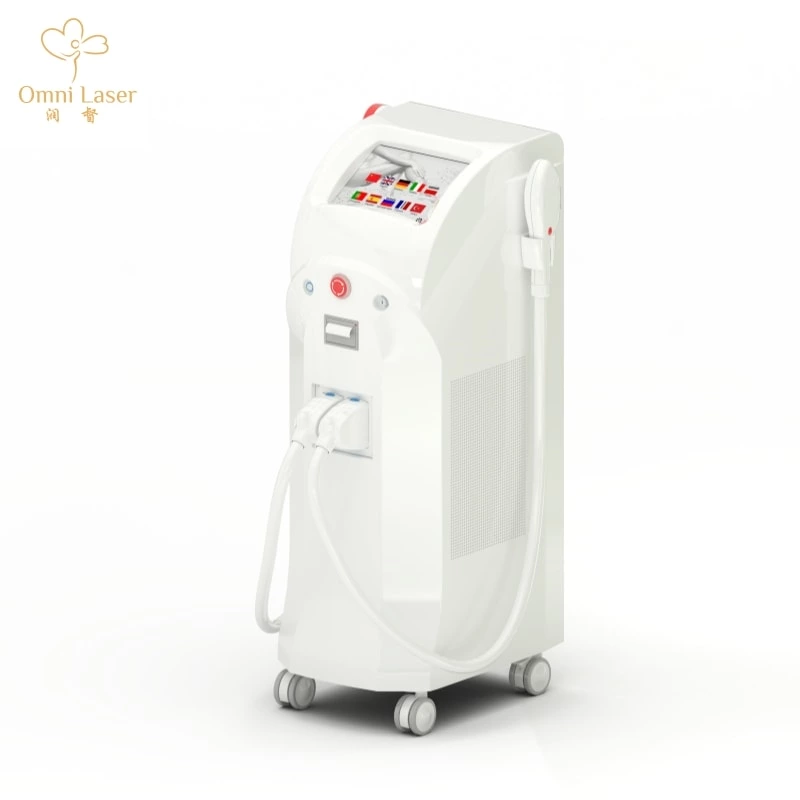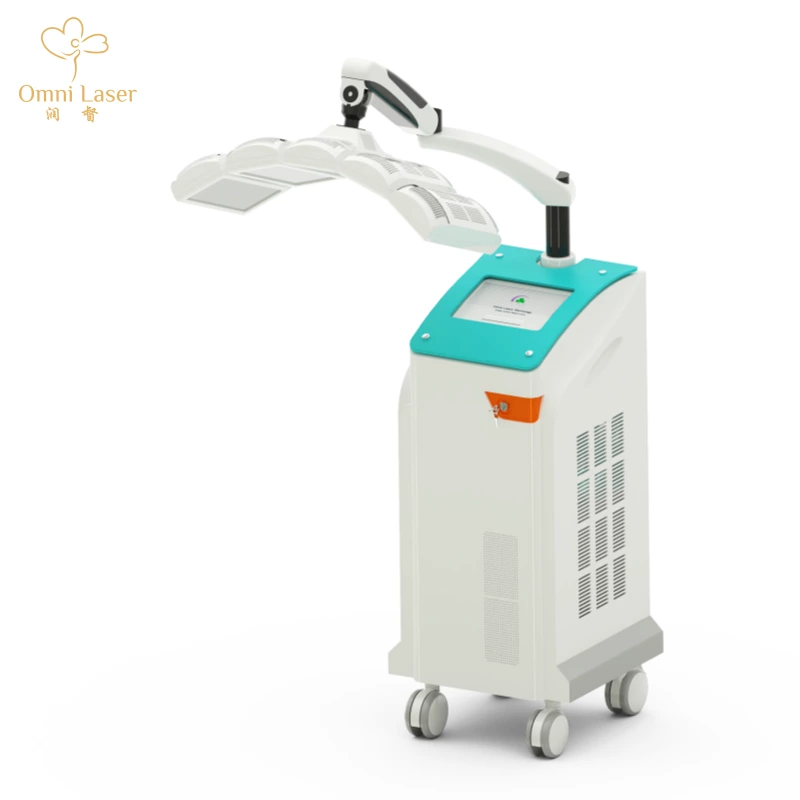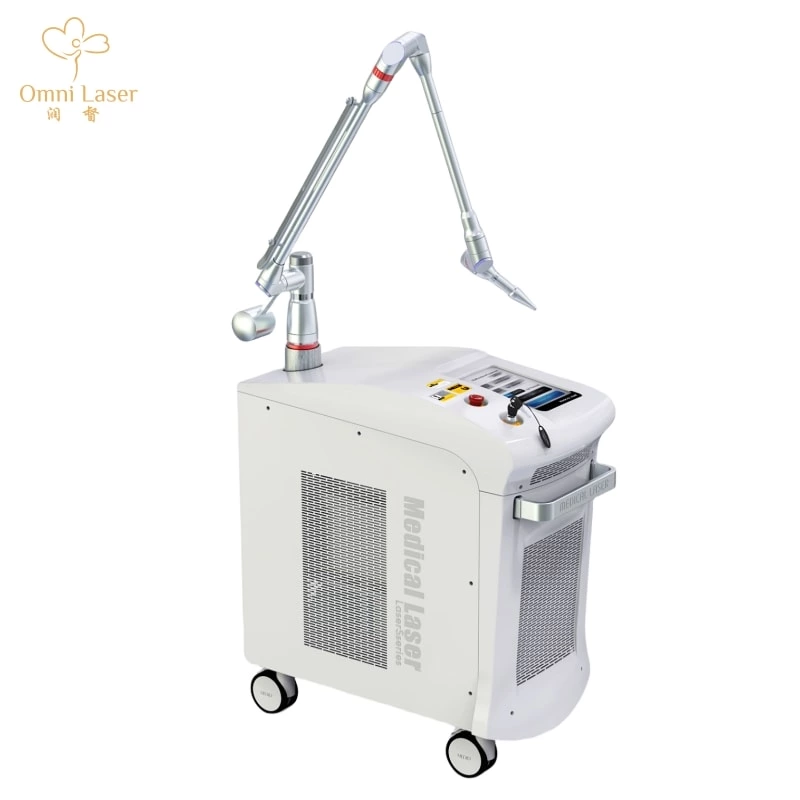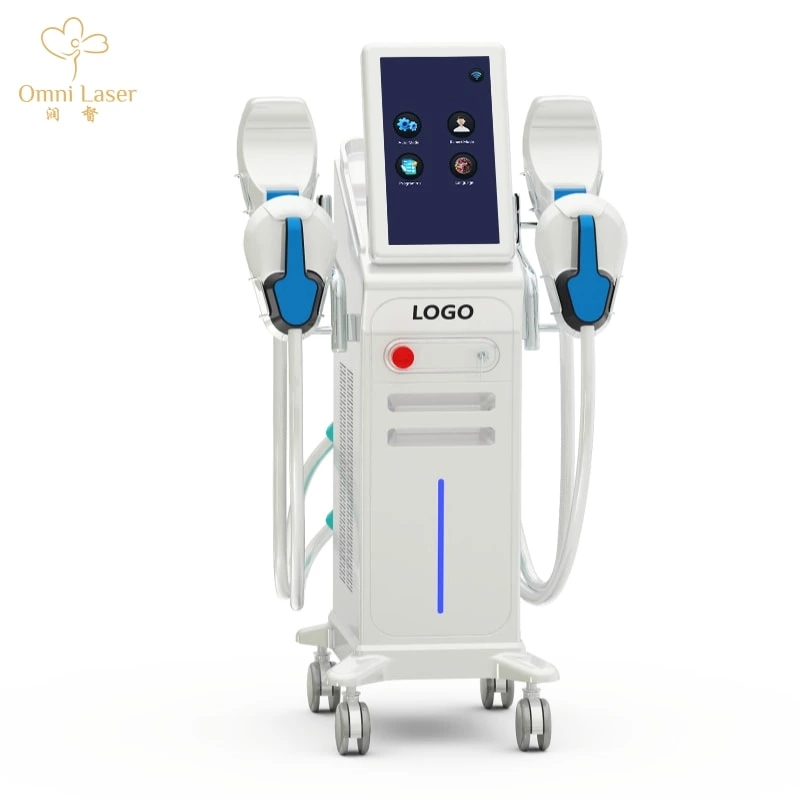Beauty Equipment: Industry Innovation and Environmental Practices in Sustainable Development
Introduction
With the rise of global environmental awareness, the medical aesthetics industry is facing challenges in sustainable development. Consumers are not only concerned about the efficacy and safety of products but also increasingly value their environmental attributes. From ingredient sourcing and packaging design to production processes and the recycling of instruments and consumables, medical aesthetics companies are actively exploring innovative solutions to reduce their environmental impact. This article examines the industry's sustainable practices and analyzes future development trends.

I. Eco-Friendly Packaging: From Single-Use to Recyclable
Currently, our company’s innovative directions for eco-friendly packaging include:
-
Minimalist Packaging Design: Reducing excessive packaging and adopting recyclable single materials (such as pure aluminum tubes or paper boxes) to improve recycling rates.
-
Reusable Packaging Materials: Implementing materials that can be repurposed or recycled efficiently.
II. Sustainable Management of Instruments and Consumables
The medical aesthetics industry relies heavily on single-use consumables and high-tech equipment. Extending their lifespan and minimizing waste is crucial. Our company’s initiatives include:
-
Device Refurbishment and Remanufacturing: Offering professional equipment refurbishment services by replacing components and upgrading software to extend device life cycles.
-
High-Quality, Durable Design: Optimizing product structures to enhance durability, reducing resource waste caused by frequent replacements.
III. Future Environmental Outlook for the Beauty Device Industry
With technological advancements and policy incentives, the sustainable development of the medical aesthetics industry will likely follow these trends:
-
Application of Biotechnology: More companies will adopt lab-cultivated active ingredients, reducing reliance on natural resources.
-
Circular Economy Models: Establishing closed-loop systems from product design to recycling to maximize resource efficiency.
-
Policy and Regulatory Push: Stricter environmental standards may be introduced worldwide, accelerating the industry’s green transformation.
Conclusion
Sustainable development in the medical aesthetics industry is not only an environmental responsibility but also a key factor in future competitiveness. Through green production, eco-friendly packaging, and instrument recycling initiatives, companies can enhance product quality while reducing environmental burdens. Consumers, brands, and regulatory bodies must work together to drive the industry toward a greener, more sustainable future.





